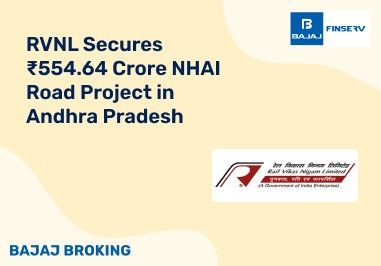BAJAJ BROKING
PDP Shipping & Projects IPO is Open!
Open a Free Demat Account
Trade Now, Pay Later with up to 4x
Track Market Movers Instantly
NPS vs PPF - Where Should You Invest Your Money?
Whether you are looking to invest to buy your dream house or planning for retirement, there are plenty of opportunities available in India. These investment options may vary based on expected returns, risk profiles, liquidity, and taxability. However, if you are particularly looking for government-backed investment options for retirement, then the two most common schemes are - the National Pension System (NPS) and the Public Provident Fund (PPF).
In this blog, we shall compare both NPS and PPF in terms of eligibility, investment threshold, returns, risk exposure, tax implications, and liquidity. It will guide you to pick the most suitable option based on your goals and needs. So, let’s dive right in.
Highlights of the Blog
- What is NPS?
- What is PPF?
- What is the difference between NPS and PPF?
- Final Verdict - Where Should You Invest?
What is NPS?
Set up by the Central Government of India, the National Pension System (NPS) is an investment vehicle designed to provide retirement benefits to the citizens of India aged between 18 and 70 years. Under this scheme, you must open an NPS account and start contributing during your working life to create a pension corpus. This investment generates market-linked returns by investing in equities and debt based on the scheme of your choice.
What is PPF?
The Public Provident Fund (PPF) is an investment vehicle introduced by the Ministry of Finance that offers fixed interest at lower risk along with income tax benefits. The rate of returns is fixed by the Central Government every quarter and is not market-linked. Except for NRIs and HUFs, all Indian citizens residing in the country can invest in this scheme. It is important to note that the PPF has an initial lock-in period of 15 years, extendable by a block of 5 years.
NPS vs PPF - What are the Differences?
Both NPS and PPF are long-term investment options meant for building retirement corpus building and offering tax benefits, but here are some differences between the two.
- Eligibility:
All Indian citizens residing in the country can invest in both NPS and PPF. However, if you are a non-resident Indian (NRI), you cannot invest in PPF. In that case, only the NPS option is open for you.
- Investment Threshold:
The minimum investment to open an NPS account is ₹500, and the minimum annual contribution is ₹1,000. However, there is no limit on the maximum contribution under NPS. Under PPF, the minimum deposit starts at ₹500, and a maximum of ₹1,50,000 is allowed in a financial year.
- Rate of Return:
The annual return under NPS may range between 13% and 14.5% (average of last ten years). However, since the returns are market-linked, the percentage may vary based on the market conditions and the scheme you choose. PPF offers interest at a fixed rate, announced quarterly. At present, the PPF interest rate stands at 7.1% p.a.
- Risk Exposure:
Since the returns offered by NPS are market-linked, they come with higher risk. The returns may fluctuate based on the growth and other economic factors. On the other hand, PPF is considered a low-risk investment as the returns are stable.
- Tax Implications:
You can avail a deduction of up to ₹1,50,000 under Section 80C at the time of investing in NPS as well as in PPF. However, the deduction in the case of NPS is capped at 10% of the salary. Further, NPS offers partial exemption upon maturity whereas you can avail full exemption on maturity amount as well as interest under PPF.
- Liquidity:
Under NPS, you can withdraw up to 25% of your contribution and a maximum of 3 times during the entire tenure. Withdrawal is allowed for specific purposes such as marriage or higher education of children, construction or purchase of house property, treatment of certain illnesses, etc. On the other hand, PPF has a lock-in period of 15 years. However, a loan facility is available between the 3rd and 6th year, and withdrawal is allowed from the 7th year onwards.
NPS vs PPF Final Verdict - Where Should You Invest?
Considering the features and benefits of NPS and PPF, both make great choices for retirement planning. But which of the two will suit you the most depends on your expectations, risk appetite, and flexibility. If you expect higher returns and can take relatively more risk to achieve that, NPS can be a good choice. However, if you have a conservative approach towards investing, you may prefer PPF as it offers stable returns at lower risk. Either way, you must thoroughly assess personal preferences before making a financial decision.
Disclaimer: Investments in the securities market are subject to market risk, read all related documents carefully before investing.
This content is for educational purposes only. Securities quoted are exemplary and not recommendatory.
For All Disclaimers Click Here https//bit.ly/3Tcsfuc
Share this article:
Read More Blogs
Our Secure Trading Platforms
Level up your stock market experience: Download the Bajaj Broking App for effortless investing and trading













